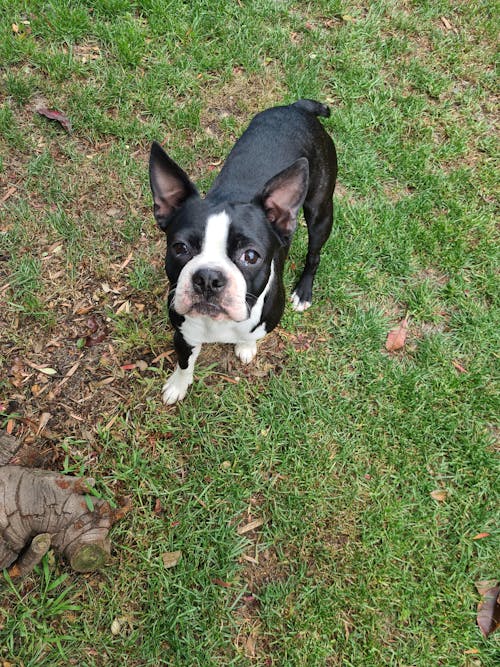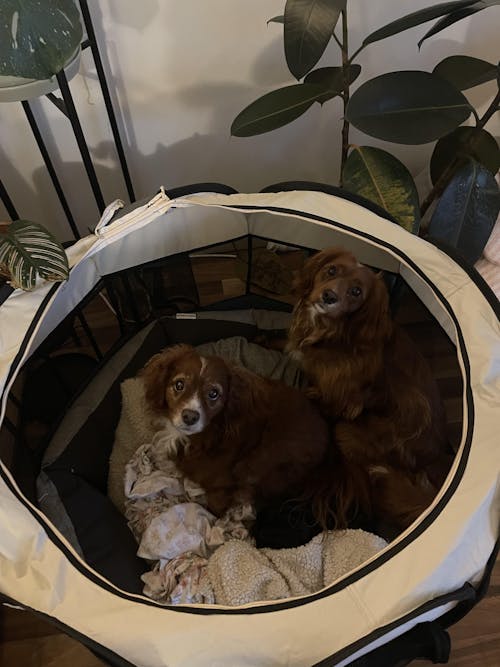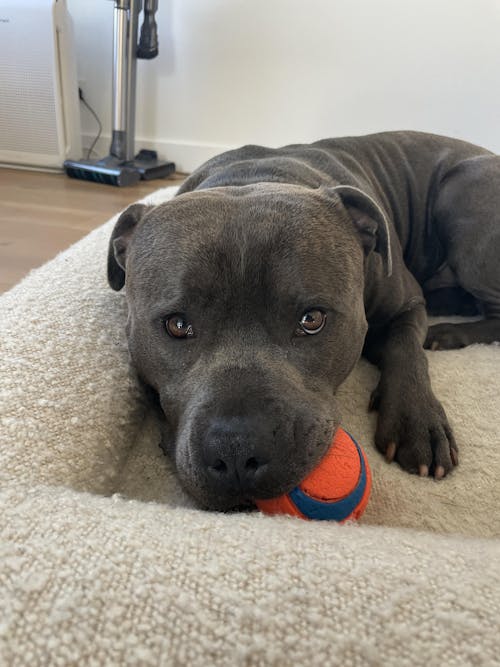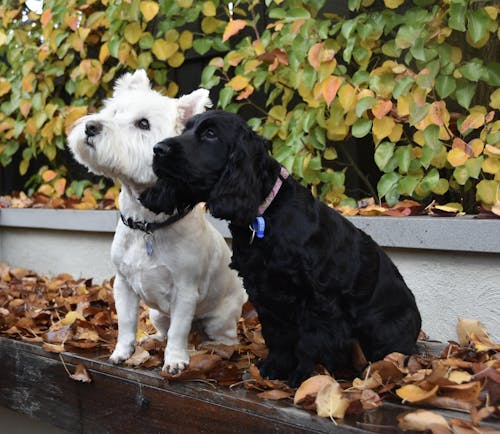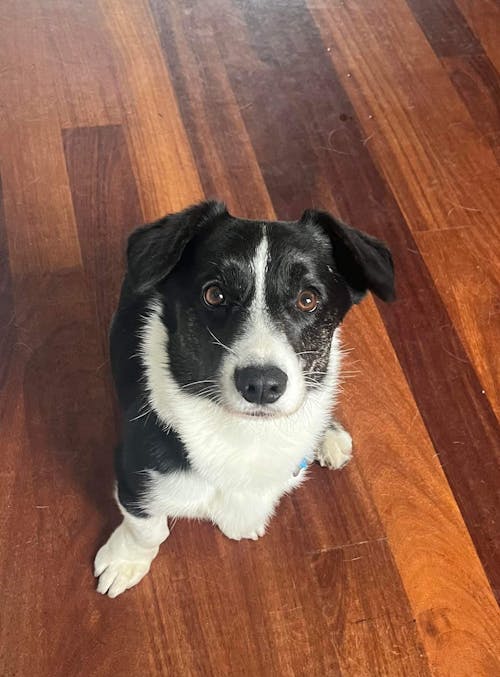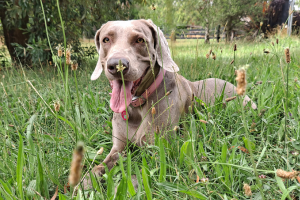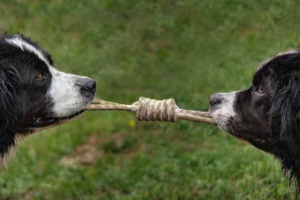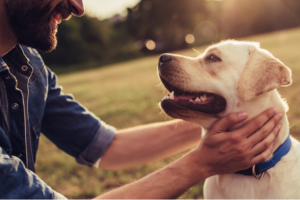At Active Creatures, our purpose is to restore happiness, harmony and calm for you & your dog.
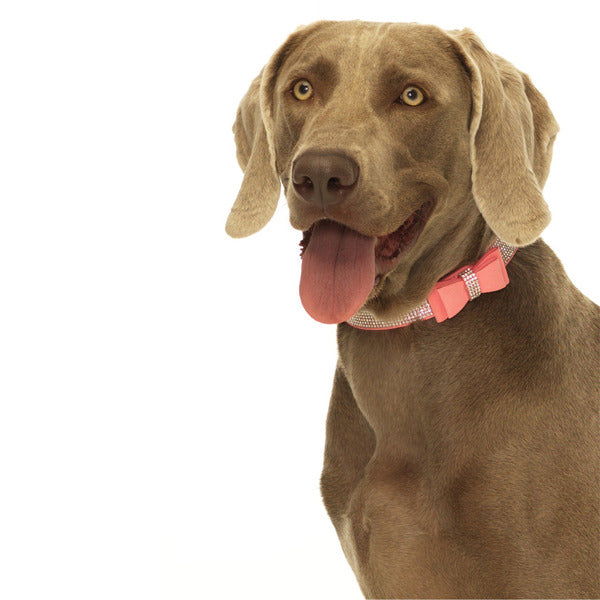
Through our client-focused dog behaviour workshops, we design & implement a carefully targeted and easy to follow treatment plan.
Each treatment plan is developed with you & your dog in mind. We tailor the plan to complement your available time and lifestyle. And we use reward-based methods to create lasting change for your dog.
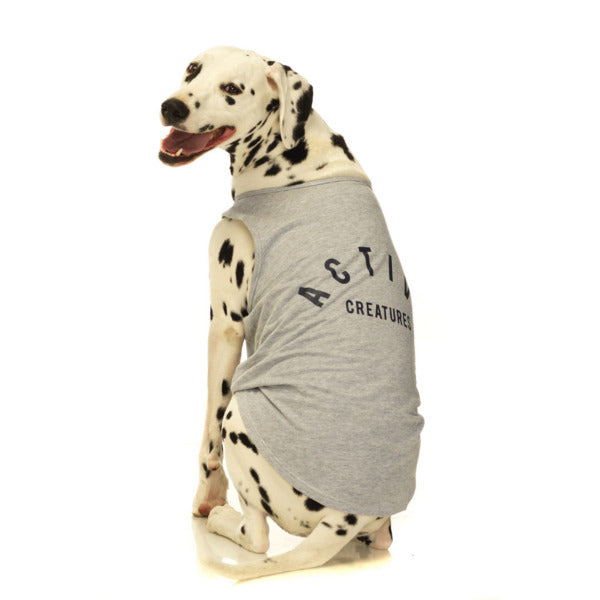
Your dog's treatment plan starts straight away, with real time, practical exercises. This helps to maximise your dog's learning and speed up positive behavioural change.
Ready to Chat?
Managing a dog with behavioural problems can be stressful and worrying.
Active Creatures can help.
For a no obligation phone consultation:
Let customers speak for us
How our approach works
Benefits of working with Active Creatures
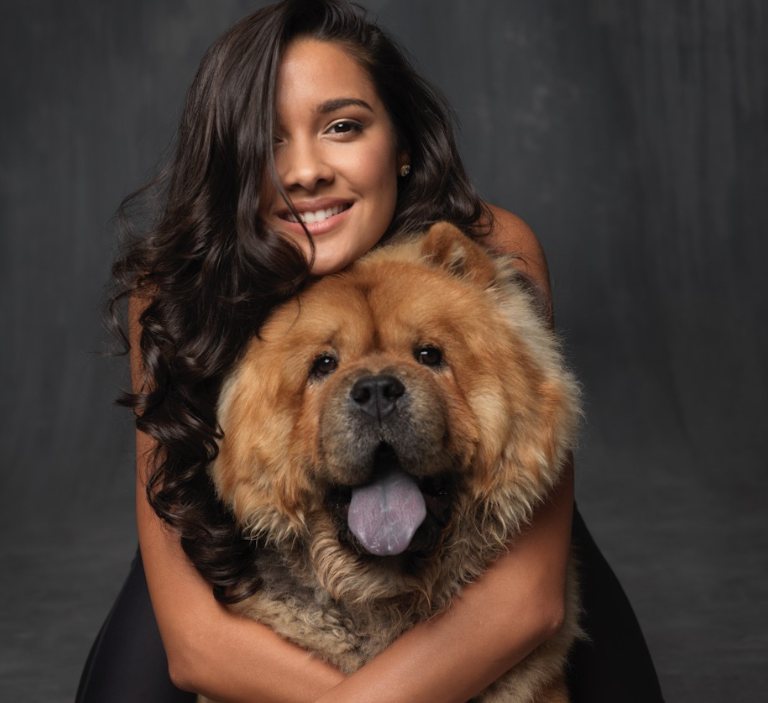
Learn why
your dog has been behaving in a particular way, whether that's fearfulness, anxiousness, aggression or excitability.
Identify body language
those signs and signals exhibited by your dog that are directly attributable to a behavioural problem/s.
Implement the right behavioural treatment strategies
and techniques that help to resolve your dog’s behavioural problem/s. This could involve separation related behaviour, fearful or anxious behaviour or some other form of reactivity.
Understand how to positively effect behavioural change in your dog
using specific behavioural approaches and strategies.
Conduct tailored practical exercises with your dog
in real time, that allows your dog to learn and speed up their positive behavioural change.
Learn prevention methods
to stop your dog developing another behavioural problem, or experience a relapse of the current condition.
Develop more confidence and knowledge
to immediately identify a behavioural problem, and take the required action to resolve the issue before it worsens.
Ready to get started?
Active Creatures. What we specalise in
While Active Creatures can help dog owners address nearly all behavioural problems and issues that their dog is experiencing - excitability, resource guarding, attention seeking, excessive jumping and barking, toilet training etc - we typically get approached by owners with dogs who are suffering from either one, or two of the following complex behavioural problem/s.
Namely, these are:
Utilising current research
Due to this demand from owners for behavioural treatment in the area’s outlined above, Active Creatures ultimately devotes significant attention into researching the most recent and practical advancements into treatment methods and strategies for these conditions. That’s because these complex behavioural issues demand an up-to date, ‘best practice’ approach to bring about lasting positive behavioural change for an owner’s suffering dog.
If your dog has been experiencing some of the above problems, please reach out to us for help.
Latest Dog Behaviour Research
Pain & Discomfort can impact the development of Aggressive Dog Behaviour
Key Research: Aggressive dog behaviour is often associated with inadequate socialisation, fear based reactivity, or the dog experiencing a negative emotional state that then contributes towards the way they act. Some aggressive behaviour displayed by dog’s can also be quite normal, including intermale aggression, resource related and maternal aggression. The existence of pain, discomfort and/or disease however, can also influence the development of aggression problems in dogs. Importantly, a sudden change or unexpected change in a dog’s behaviour may indicate that pain is being felt. The emergence of any pain can also enhance or worsen aggression and other behavioural problems that a dog may already be experiencing.
(Marta Amat; Susana LeBrech; and Xavier Manteca. Jan 2024. Veterinary Clinics of North America: Small Animal practice. Vol 54, 43- 53.)
Key Takeaway: If your dog has been exhibiting unexplained aggressive behaviour – especially in recent weeks – either towards yourself or other family members, other unfamiliar persons or dogs generally, then a full veterinary physical examination may be warranted. Even subtle forms of pain and discomfort may go initially unnoticed but could be directly contributing to your dog’s aggressive behaviour. Ultimately, if pain has been deemed the cause, then this can then be treated appropriately by your veterinarian. In the absence of pain or disease however, the aggressive behaviour is more likely being caused by one or more of the contributing factors mentioned above whereby your dog would benefit from a tailored behavioural modification plan.
A consistent schedule of positive activities can help reduce the development of Aggressive Dog Behaviour
Key Research: The occurrence of problem behaviours within dogs – including aggression toward family members, unfamiliar people and unfamiliar dogs – may be controlled for by owners establishing a consistent schedule of positive activities that dogs can engage in. This includes regular walks with the owner as well as other play and interactive based exercises. The benefit of setting up this type of schedule is linked with the principle that predictability in routine fosters better coping mechanisms with dogs.
Crucially, more positive interaction between owner and dog creates a cycle promoting more interaction, hence leading to less behavioural problems and an enhanced bond between owner and dog. Less interaction on the other hand, has been linked with a greater risk in the development of aggression and other behavioural problems within dogs.
(Hsin Yi Weng & Ni Wako Ogata. Nov 2023. Frontiers. Vol 10)
Key Takeaway: With dog behavioural problems – especially with regards to aggression and reactivity – establishing a
consistent and positive routine with your dog that includes regular walks and other shared activities, can help offset the likelihood of these behavioural problems developing. These actions have a significant impact both on the confidence and socialisation of your dog, as well as significantly strengthening the bond between you and your dog.
Dogs love predictable routines, whereby a regular walk or other enjoyable activity based routine can bring happiness, certainty and predictability to your dog and impact how they feel. This in turn, can help offset the possible development of behavioural problems.
The importance of relaxation for your dog (Separation Related Behaviour, SRB)
The importance of relaxation for your dog…
Key Research: Dogs who are experiencing separation problems are highly likely to be physically active and to vocalise once their owner/s have departed. In contrast, dogs who are not experiencing separation problems are mostly inactive while alone (lying resting or lying alert) without displaying any type of vocalisation. An inability to relax – or needing a long time to achieve relaxation when alone – appears to be a key determinant here in assessing the presence of separation problems in dogs. Equivalently, dogs who find it difficult to relax even upon owner return, is another key indicator of the existence of separation problems.
(Silbermamm, J & Ganslober, U. 2023. Animals 13, 3735)
Key Takeaway: Your dog’s propensity to be able to reach a state of relaxation is important here. If your dog is prone to separation anxiety, pay careful attention to his or her ability to generally achieve a state of relaxation, even when you are home. Taking deliberate steps to help teach your dog to relax, in different locations of your home and at various times through the day, will go some way towards assisting your dog to learn how to relax when alone. Of course, be cautious to not regularly leave your dog alone until he or she has benefited from other, effective, separation related behavioural treatments.
The sound your dog makes when alone can reflect how they are feeling (SRB)
Key Research: Different types of vocalisations that dogs make when alone, has been investigated in order to gain an understanding of how dogs are feeling when they make a particular sound. It has been reported that dogs who are afraid of being left alone whine much more often than dogs who do not experience separation anxiety. On the other hand, dogs who tend to bark when alone are more likely to be doing this out of frustration and boredom. In essence, the negative emotion of fearfulness is driving the whining behaviour of dogs who exhibit this vocalisation when alone.
(Pongracz, P; Lenkei, R; Marx, A; Farago, T. 2017. Applied Animal Behaviour Science, 196, 61-68)
Key Takeaway: Be aware of the type of sound your dog makes when alone. This can help determine what behavioural treatment approach will best assist your dog. If they are simply bored and frustrated and subsequently barking quite a lot, then the treatment approach will be more associated with getting your dog involved with engaging activities before you leave, so as to induce both tiredness and contentment. A well as having some playful activities they can choose to do while alone. Fear based whining behaviour however, is quite complex, and will require a treatment approach that teaches predictability while also developing your dog’s confidence and resilience when left alone.
The location you leave your dog when alone, can have an impact (SRB)
Key Research: Dogs who are (a) confined to an inside kennel/cage with the door closed, or (b) have only one room for access as opposed to several rooms in the home, or (c) more likely to be placed outside when the owner leaves – are much more likely to display separation behavioural problems. Especially with regard to the inside scenario’s, these equate with restricted movement and therefore only add to the dog’s discomfort. Equivalently, if separation from the owner is also combined with a sudden change in the dog’s environment, then this can have a negative impact on how your dog copes with the immediate situation.
(Silbermamm, J & Ganslober, U. 2023. Animals 13, 3735)
Key Takeaway: Allowing your dog to have a free range of movement when inside alone, will help remove any feelings of restriction and discomfort that can contribute to separation panic. In doing this, a kennel or cage can be a great location to become a safe place for your dog, but where access to other rooms are also provided. Teach your dog the ability to relax and enjoy this safe location, both when you are at home or going out. This can help offset the development of separation behavioural problems.
Confining your dog to outside when alone, may remove opportunities for them to withdraw and therefore contribute to them feeling insecure. Equivalently, Sudden or unexpected noises or other outside stimuli which cause them to adversely react, may only interfere with their ability to settle down and relax.









